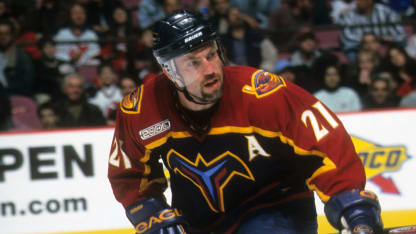Athletes today require more individual attention from the coaching staff. They've been raised on video analysis and they want personalized video instruction. They require more communication and clearer definition of roles and responsibilities.
They also want constant feedback. They want to know how they are doing, what they can do to improve and they need positive encouragement, especially when adversity hits.
Dany Heatley was a special young player when I had him with the Atlanta Thrashers, but in his first year he used to ask me every week what he could do better to help with our team. I used to tell him, "Well, you've got seven points in the last three games, so you keep doing what you're doing and that will help build our group."
If that were today, I would work on offering him a solution even if he was playing well. I would show him positive clips of things he was doing well to reinforce the point.
It can be a difficult balance to strike, though, because while players may want as much information as possible, as a coach you can't overwhelm them with good or bad. Coaches must be cognizant of that as they present the information to players.
There is a slight fragility to today's player too. That doesn't make it bad, it just makes it different from the old-school player, who was fine even if you got right in his face and were extremely tough on him.
I'd need 20,000 words to share half of the unbelievable stories from my time in Atlanta, but I think one helps illustrate the change in communication.
I was furious in between periods during an awful game, so I grabbed a stick and chucked it at the wall, like a lot of coaches would back in the day. That stick ricocheted and almost knocked Ray Ferraro's head off.



















